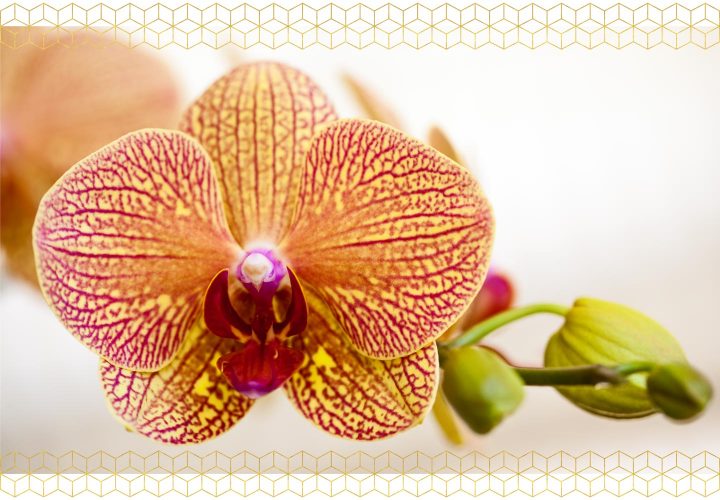In this orchid lifecycle article, we will look at how orchids reproduce. In particular, we will discuss the life cycle of Phalaenopsis, Paphiopedilum, and Epiphytic orchids. We will also look at how flowers develop and how pollination is achieved. The orchid lifecycle can be confusing, but we will try to simplify the process as much as possible.
Phalaenopsis orchids
The Phalaenopsis orchid has a complicated lifecycle. The plant sends out several flower spikes in succession. Each spike bears one or two flowers. Before and after the bloom, the stems branch. The plant may need to be cut at the nodes or at the base of the stem to promote reblooming.
Phalaenopsis orchids require moderately bright light and consistent moisture to grow. They require weekly watering and a supplemental fertilizer. They are best grown in a container that is kept humid and cool. They bloom in the fall and the early spring. Phalaenopsis orchids live for years, depending on the care given to them.
Phalaenopsis orchids can survive in very humid conditions but need to be kept moist. They may require two weekly watering, especially during warm, dry weather. If they aren’t getting enough moisture, the leaves may yellow and wilt. They may also develop yellowing base leaves and root systems.

Paphiopedilum
The Paphiopedilum orchid lifecycle consists of two main stages. First, it goes through the flower spike phase, which may last up to five years, but is usually shorter. Second, it goes through dormancy, which lasts for about two to six months. Finally, it produces small buds that will eventually open up into blooms.
Paphiopedilum orchids are not known for their pseudobulbs, so they need frequent watering, especially in summer. They need about an inch of water per week, but it’s important to avoid watering the roots too much. Also, they’re very temperature-sensitive, so you should keep their growing medium at around 60F or higher. Cool climate varieties need to be kept between 50F and 80F.
Interestingly, Paphiopedilum and Cypripedium orchids have very different floral traits. The former has shorter FLs, which are linked to the absence of pollinators, while the latter has longer flowering periods. The latter is more common in regions where weather conditions are more conducive for pollination.
Phalaenopsis sphegodes
The Phalaenopsis sphegodes lifecycle is relatively simple. The orchid prefers moderately warm temperatures and consistent moisture. The plants prefer a temperature range of 70 to 80 degrees Fahrenheit during the day and 60 to 65 degrees Fahrenheit at night. They also enjoy high humidity levels and benefit from a humidity level of 50% to 70%. They can be repotted at any time.
The Phalaenopsis sphegodes lifecycle consists of two main stages. First, it sends out a spike of flowers, which then turns brown. Sometimes the spike does not completely turn brown. If it does, cut it off just above the spike’s node on the stem to allow the plant to rebloom as a branch. However, if the spike is already completely brown, leave it alone so that the plant can collect its energy for next time.
The second stage is when the orchid blooms. This stage is referred to as pseudocopulation. The orchid mimics a female bee by releasing flowers during a period when male bees are actively seeking females. This means that the male bee is tricked into copulating with the flower and in this manner, it pollinates.
Epiphytic orchids
Epiphytic orchids are plants that live in a tree’s canopy. They may benefit from their mycorrhizal association to survive in the canopy under strong environmental stressors. However, many aspects of epiphyte lifecycles are unclear. For example, their mycorrhizal communities may depend on their host’s water and nutrient availability.
Most epiphyte orchids live in subtropical and tropical climates. They grow on thick branches of trees or perch on small twigs in the tree canopy. Their clinging roots utilize the water and organic material in the host plant’s bark and organic debris for nourishment. In addition, they require air movement to stay alive.
There are three basic types of epiphytes. They can grow on trees, on rocks, or on piles of decaying organic matter. These plants thrive in moist, humid environments.
